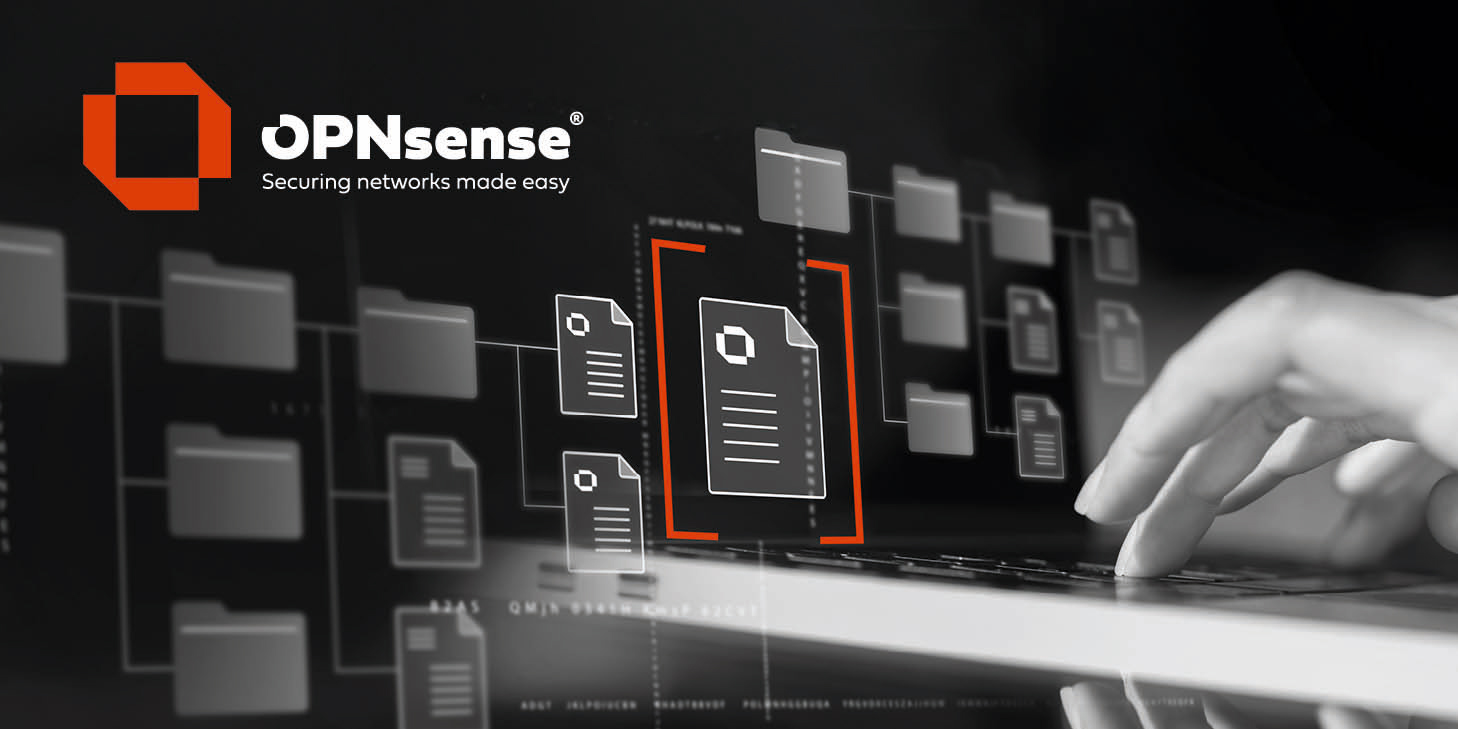After a bit of research the following does appear to produce consistent results by selecting JSON output.
Write to temporary file to minimise calls to rdap
$ rdap -j -t ip <random-ip> > /tmp/RDAP
Registrant $ cat /tmp/RDAP | jq '.remarks | .[] .description'
Country $ cat /tmp/RDAP | jq '.country'
Start IP $ cat /tmp/RDAP | jq '.startaddress'
End IP $ cat /tmp/RDAP | jq '.endAddress'
Write to temporary file to minimise calls to rdap
$ rdap -j -t ip <random-ip> > /tmp/RDAP
Registrant $ cat /tmp/RDAP | jq '.remarks | .[] .description'
Country $ cat /tmp/RDAP | jq '.country'
Start IP $ cat /tmp/RDAP | jq '.startaddress'
End IP $ cat /tmp/RDAP | jq '.endAddress'

 "
"
